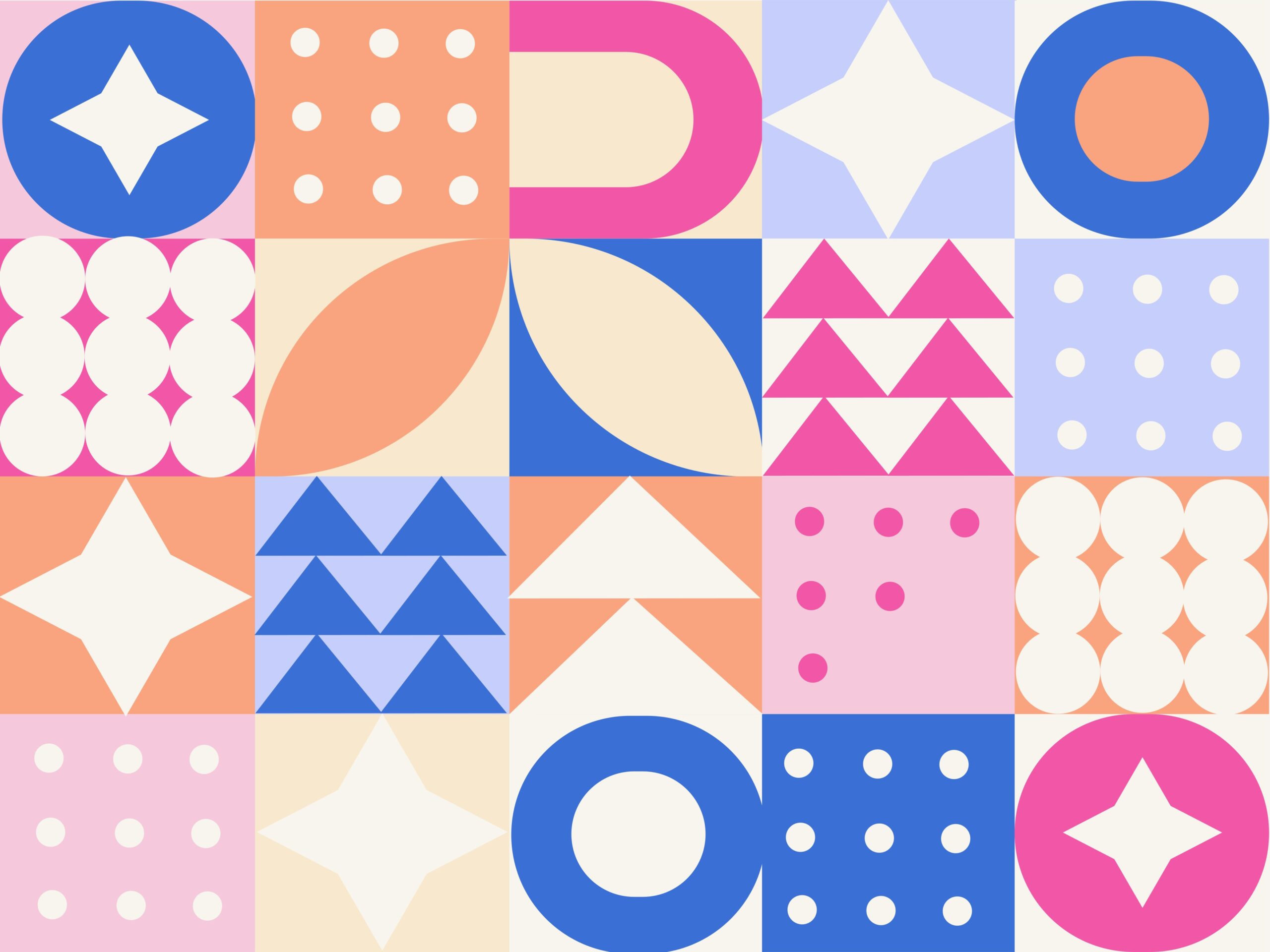NFTs (Non-Fungible Tokens) have gained massive attention across various industries, from digital art and music to gaming. But what exactly makes an NFT sell? While many people focus on the concept of “rarity,” the truth is that “fan support” is overwhelmingly more important.
This article explores why fan support is the key factor driving NFT success, far outweighing the importance of rarity.
The Key to NFT Success: Rarity vs. Fan Support
The idea of “rarity” often dominates discussions about NFT value. Limited supply and unique designs are frequently cited as reasons why NFTs are valuable. However, rarity alone is not enough to guarantee success. The most successful NFT projects prioritize building deep connections with their fans over simply creating rare items.
1. Rarity Is Just a Supporting Factor
Rarity does contribute to an NFT’s value, but it is not the primary driver of success. There are several limitations to relying solely on rarity:
The Limitations of Rarity
- Difficulty in Differentiation
The NFT market is flooded with projects claiming to be “limited” or “unique.” As a result, rarity alone often fails to make a project stand out.
- Lack of Emotional Value
While collectors and investors may appreciate rarity, it doesn’t necessarily resonate with the broader fan base. For most fans, rarity alone isn’t a compelling reason to buy.
Ultimately, rarity serves as a supplementary factor rather than the main attraction.
2. Fan Support Creates Real Value
Fan support is the cornerstone of any successful NFT project. Fans are not just buyers—they are active participants who form the backbone of a project or artist’s community. Here’s why fan support is far more critical:
Emotional Connection
Fans buy NFTs because they feel a connection to the artist or brand behind them. This emotional value drives purchases more than any other factor. For example:
- Fans want to support their favorite artist or creator.
- Owning an NFT makes fans feel like they are part of something bigger—a community or movement.
Community Building
NFT ownership fosters a sense of belonging among fans. Communities built around NFT projects allow fans to connect with others who share their passion, creating feelings of unity and exclusivity. This communal experience offers value far beyond what rarity can provide.
Perks and Utility
NFTs designed for fans often come with perks or practical benefits (utility). Examples include:
- Access to exclusive events.
- Unlocking special content.
- Opportunities for direct interaction with the artist or creator.
These perks provide tangible rewards that are far more meaningful than simply owning something rare.
Can NFTs With High Supply Still Sell?
This raises an important question: “Can NFTs with high supply (low rarity) still sell?” The answer is yes—if fan support exists, high-supply NFTs can absolutely succeed.
Emotional Value Takes Priority
Even if an NFT isn’t rare, fans will still buy it if it represents a connection to their favorite artist or brand. The emotional value remains unchanged regardless of supply numbers.
Access to Community
High-supply NFTs can still offer access to vibrant communities where fans feel included and valued. For example, large-scale projects often include affordable options so more people can participate.
Added Utility
NFTs with high supply can still thrive if they provide practical benefits (utility). Examples include:
- Discounts on exclusive merchandise.
- Tickets for concerts or events.
- Upgradeable features tied to future rewards.
These utilities ensure that NFTs deliver value beyond mere ownership.
Conclusion: Fan Connections Are the Key to NFT Success
The belief that “rarity equals success” in the NFT market is becoming outdated. The most successful projects focus on building strong connections with their fans instead of relying solely on scarcity. Here’s why fan support matters most:
- Fans buy NFTs because they feel emotionally connected to the creator or brand.
- Communities formed around NFTs create lasting engagement and loyalty.
- Perks and utility provide real-world benefits that enhance the value of owning an NFT.
Even high-supply (low-rarity) NFTs can succeed if they meet these criteria. Ultimately, creators must prioritize answering one key question: “Who am I creating this for, and what value am I providing?”
In the end, it’s not about rarity—it’s about relationships. That’s the true key to long-term success in the NFT space.











